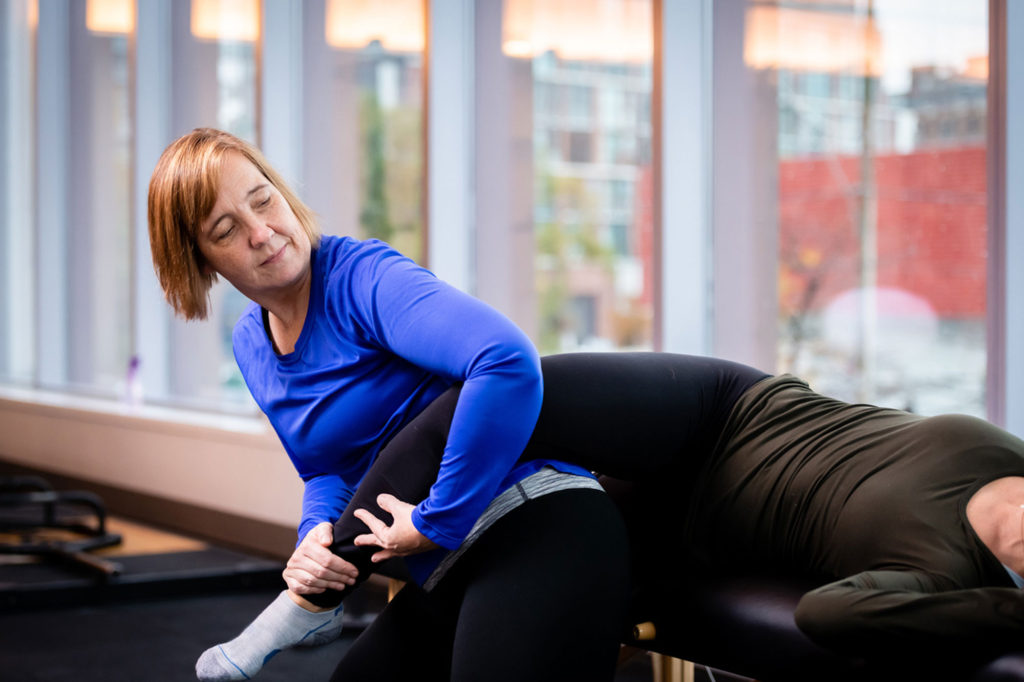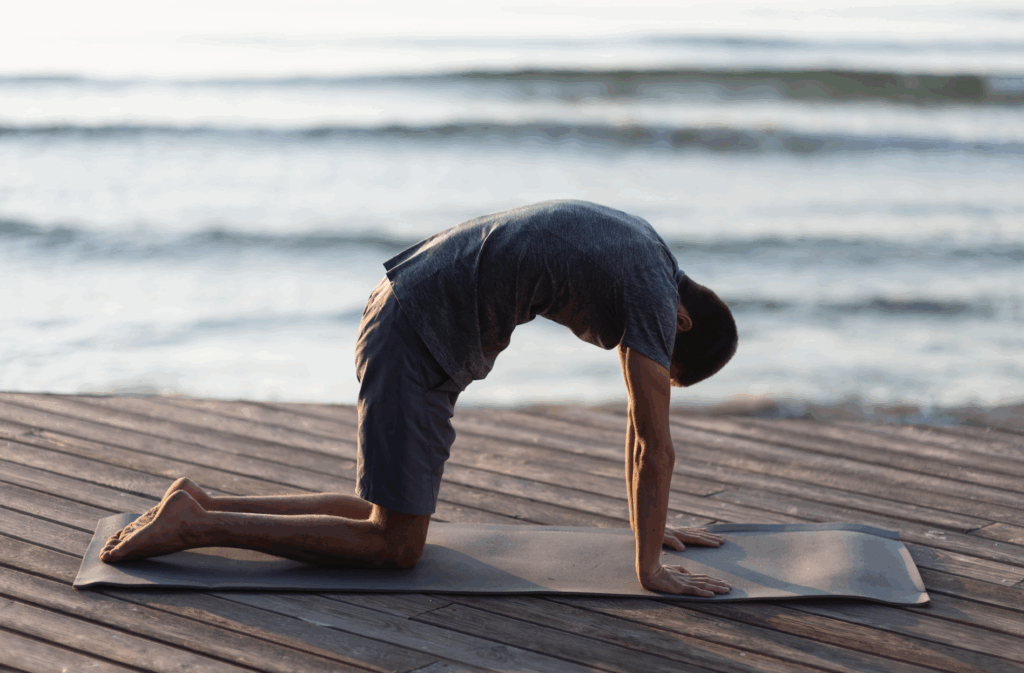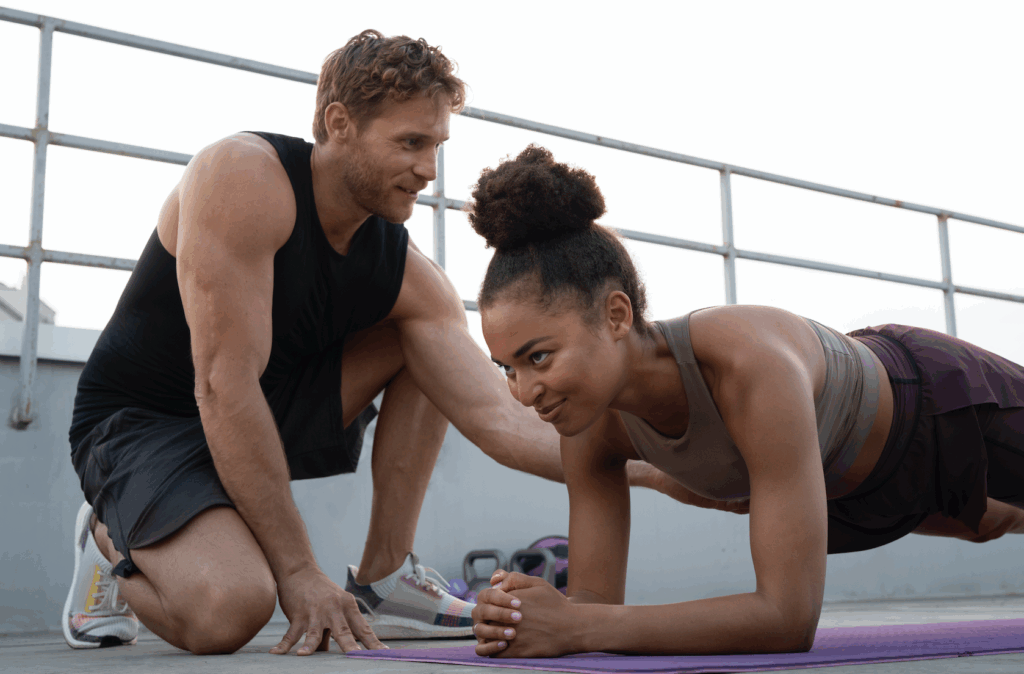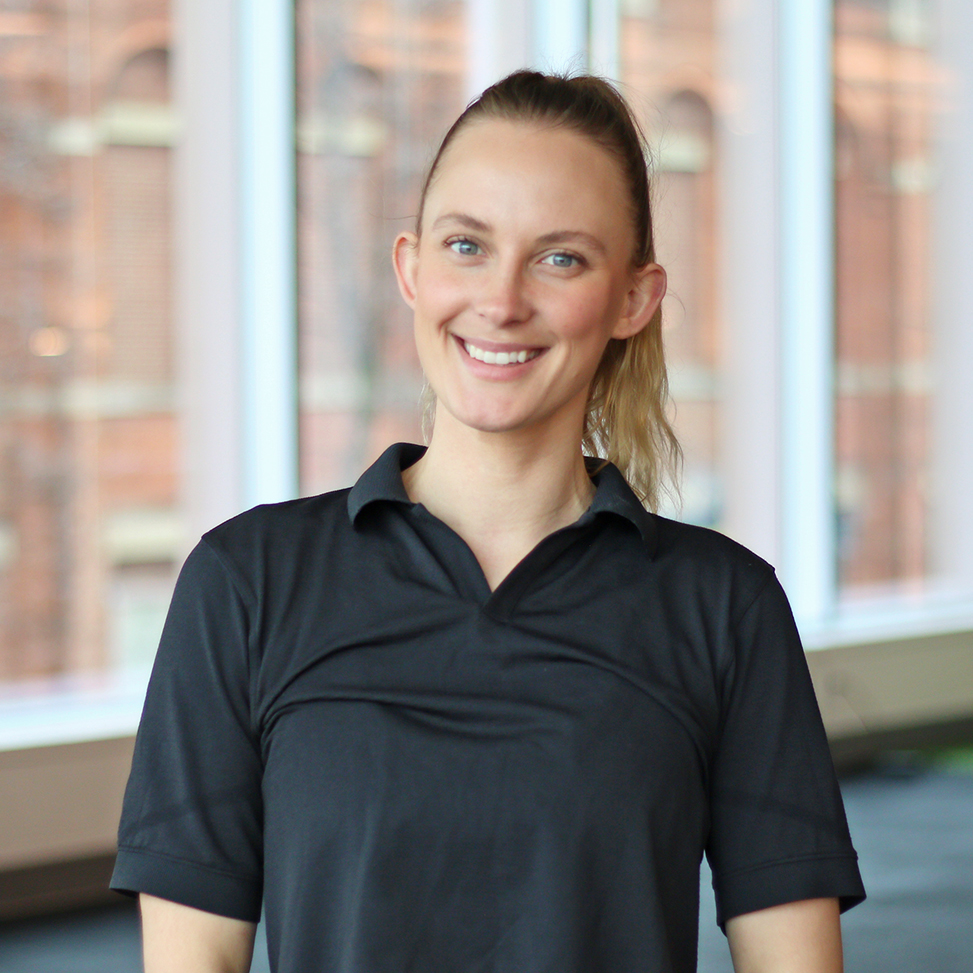Dr. Venous Saleh
Doctor of Chiropractic
Registered Kinesiologist
- Why physiotherapy is essential for pain relief and stress reduction
- Understanding the pain–stress vicious cycle
- Three quick mind‑body practices to interrupt stress
- Targeted exercises
- Integrating movement and mindfulness
- Pulling insights into lasting habits
- Turning insights into action
- When to seek professional assessment
- How personal trainers and physiotherapists can work together to relieve stress and pain
Chronic pain and stress feed off one another, creating a self‑perpetuating cycle of discomfort and anxiety. Breaking that cycle requires an integrated, evidence‑based approach that treats both body and mind simultaneously. Research shows that combining targeted physiotherapy with simple mind‑body practices delivers longer‑lasting relief than either strategy alone.
Understanding the pain–stress vicious cycle
A 2024 review in Frontiers in Pain Research describes how chronic pain and stress share overlapping neurobiological and cognitive pathways that reinforce each other — creating a vicious cycle of worsening symptoms. Addressing both components concurrently is now considered best practice by leading health authorities including the CDC, NICE, and WHO.

Why physiotherapy is essential for pain relief and stress reduction
Physiotherapy is a therapeutic intervention proven to rewire dysfunctional movement patterns, reduce muscle tension, and down‑regulate the body’s stress response. A May 2024 Bayesian network meta‑analysis published in Scientific Reports found that multimodal physiotherapy produced the largest reductions in chronic low back pain intensity (standardized mean difference –0.54) and disability compared to exercise alone.
Beyond pain relief, physiotherapy lowers cortisol levels, improves sleep quality, and boosts mood by releasing endorphins. A 2023 randomized controlled trial in npj Digital Medicine demonstrated that an AI‑driven digital physiotherapy program achieved equivalent improvements in pain, function, and mental health as in‑person care — with twice the engagement and half the dropout rate.
Three quick mind‑body practices to interrupt stress
Implement these evidence‑based techniques anytime you feel tension rising:
- Diaphragmatic breathing
Sit upright, inhale for four counts into your belly, exhale for six counts. Repeat for two minutes to reduce heart rate and cortisol. - Lavender aromatherapy
Inhale two drops of pure lavender essential oil for 30 seconds. A meta‑analysis shows lavender inhalation lowers anxiety by nearly 50% (Hedges’ g=0.48). - Five‑minute guided meditation
A randomized trial found mindfulness significantly reduced pain catastrophizing and interference compared to usual care.

Targeted exercises
Pair each stretch with mindful breathing to reinforce the mind‑body connection. Perform twice daily:
Cat–cow lower back mobilization
Begin on hands and knees. Inhale arching your spine (cow), exhale rounding (cat). Repeat 10 times.
Neck side‑bend release
Gently tilt your ear toward your shoulder until you feel a stretch, hold 30 seconds per side.
Chest opener
Stand in a doorway with forearms on the frame and lean forward until you feel a stretch across your chest. Hold for 30 seconds.
Integrating movement and mindfulness
Immediately after each set, take five deep breaths and inhale lavender. This simple ritual trains your brain to associate movement with relaxation, breaking the pain‑stress feedback loop over time.

How personal trainers and physiotherapists can work together to relieve stress and pain
To maximize the benefits of physiotherapy and create lasting change, collaboration with personal trainers can play a vital role in reinforcing progress and supporting clients between sessions.
When everyone on the client’s health care team is aligned, the result is a unified effort to reduce pain, improve quality of life and return to activities they enjoy without undue stress.
Due to the high frequency of sessions, personal trainers are well-positioned to monitor client progress and support adherence to the exercise program from the physiotherapist. They also facilitate comprehensive training by addressing other fitness areas, outside the pain area, such as mobility, and muscular imbalances, positively impacting the entire healing process.
After rehab is complete, trainers can continue to guide clients through post-rehabilitation support and general health guidelines, ensuring a safe, progressive return to full function and minimizing stress.
Pulling insights into lasting habits
Small, consistent actions compound into profound change. Start today by choosing one practice — breathe deeply, stretch mindfully, or try aromatherapy — and repeat tomorrow. Over weeks, you’ll notice lower pain levels, reduced anxiety, and improved mobility.
Turning insights into action
Implement one new mind‑body practice this evening. Track your progress in a simple journal and revisit this routine daily. As pain and stress diminish, you’ll build confidence in your ability to self‑manage — empowering you to live more fully, without being defined by chronic pain.
When to seek professional assessment
If pain persists beyond three weeks, intensifies despite self‑care, or is accompanied by numbness or weakness, schedule a physiotherapy assessment. Early intervention reduces long‑term disability.
About Dr. Venous Salehi
Dr. Venous Salehi is a Doctor of Chiropractic at HealthMax Physiotherapy, a leading network of multidisciplinary clinics across Ontario, committed to providing personalized, evidence-based care. Dr. Salehi specializes in physiotherapy, rehabilitation, and pain management. Her approach combines hands-on care with personalized treatment plans to support long-term recovery and improve quality of life.
About Amanda Morch
Amanda Morch is the Head of Specialized Personal Training at Body + Soul Fitness. She develops and delivers educational programming in our areas of specialty. Amanda is a Registered Kinesiologist and is passionately dedicated to providing evidence-based training and advice. She’s driven to ensure everyone can safely achieve their goals and experience the benefits of effective, consistent exercise.


